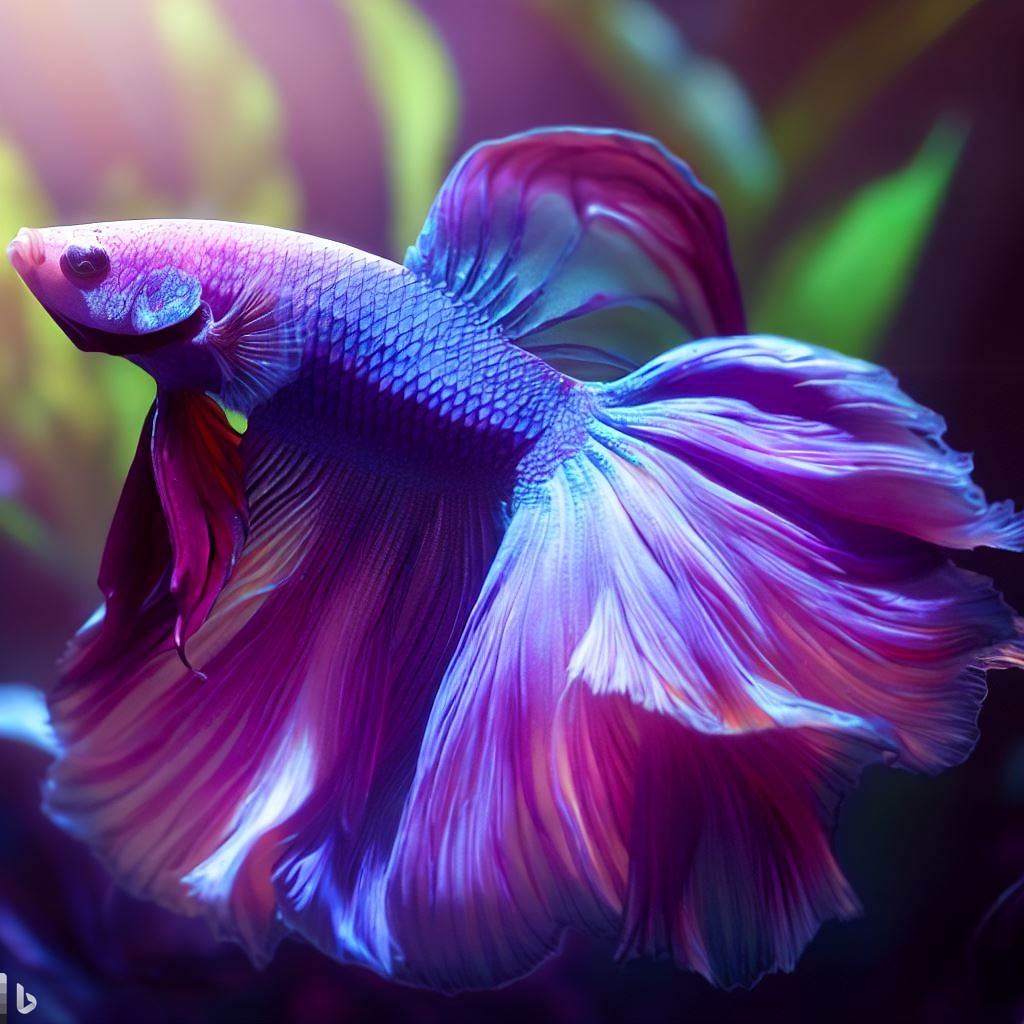Comprehending Betta Fish Habits: What Every Owner Must Know
How to Reproduce Betta Fish Effectively: Professional Techniques and Insights for Hobbyists Seeking To Expand Their Betta Collection
Reproducing Betta fish calls for a nuanced understanding of genes and environmental conditions, making it necessary for enthusiasts to approach the process with both diligence and care. Producing an optimum reproduction environment, selecting the best pairs, and observing the details of their courtship actions are fundamental actions that can considerably affect the result.
Comprehending Betta Fish Genes
Comprehending the genetics of Betta fish is vital for successful breeding, as it influences characteristics such as color, fin form, and habits. Betta fish show a varied variety of colors and patterns, mostly figured out by their genetic make-up.
In addition to pigmentation, fin morphology is another substantial aspect of Betta genes (betta fish). The form and size of fins are affected by numerous genes, consisting of those that figure out whether the fins are short, long, or veil-shaped. Comprehending these genetic variations assists dog breeders forecast the phenotypic results of their offspring
Additionally, behavioral attributes such as aggressiveness and territoriality can additionally be influenced by genetics. These actions play a vital role in the reproducing procedure, as they can affect spawning success and the total character of the resulting fry. By comprehensively understanding these hereditary principles, dog breeders can make informed decisions, ultimately improving their reproduction programs and accomplishing desirable outcomes.
Preparing the Reproduction Setting
Creating an ideal reproduction atmosphere is vital for the effective recreation of Betta fish. The initial step in preparing this environment is to choose a proper breeding storage tank, ideally varying from 5 to 10 gallons.
Following, think about the use of a sponge filter or an air stone to supply gentle water blood circulation without producing strong currents that can worry the fish. It is important to set up plants or reproducing cones to use hiding places and advertise convenience for the female during the spawning procedure. Drifting plants, such as Java moss or water sprite, can likewise create a more native environment while assisting in bubble nest building by the man.
Before presenting the breeding pairs, make sure the water is conditioned and without harmful chemicals, such as chlorine or heavy steels. betta fish. Regular water modifications must be carried out to keep optimum water top quality, improving the chances of effective breeding. With these preparations in location, the reproducing atmosphere will certainly support the health and health of both Betta fish
Picking Breeding Pairs
Picking the appropriate breeding pairs is crucial for achieving effective Betta fish recreation. Healthy Betta fish exhibit lively colors, clear eyes, and active actions.
Character is an additional essential consideration, as Betta fish are known for their aggressive nature. It is advisable to this post pick a male and lady that show suitable temperaments to decrease stress and anxiety during the reproducing procedure. A tranquil male can encourage a smoother courtship, while a woman that is also aggressive might interrupt the procedure.
Hereditary background additionally plays a considerable role in the high quality of the spawn. Breeding fish that are genetically diverse can decrease the risk of hereditary wellness problems and enhance the general vitality of the fry. It is helpful to investigate the family tree of both the male and lady, concentrating on preferable attributes such as fin kind, color scheme, and size.
The Reproduction Refine
The breeding process of Betta fish needs mindful preparation and attention to detail to ensure an effective end result. It is crucial to prepare a suitable breeding tank, preferably a 5-10 gallon fish tank with a temperature maintained at 78-80 ° F. The storage tank needs to be outfitted with a heater, filter (ideally sponge type to prevent strong currents), and lots of marine visit the website plants for the woman to conceal.
As soon as the atmosphere is established, introduce the chosen breeding pair to the tank, permitting them to acclimate. Observe their behavior; the male will present elaborate courtship rituals, consisting of flaring his fins and building a bubble nest. If the female shows interest, she will certainly present vertical stripes showing preparedness for spawning.
When the female is receptive, the set will take part in a breeding embrace, throughout which the male feeds the eggs. It is crucial to monitor their interactions closely, as the male might come to be hostile. After generating, get rid of the lady to avoid possible harm. The male will often tend to the eggs, which commonly hatch out within 24-36 hours. Keeping optimum water problems during this duration is crucial for the growth of healthy and balanced Betta fry.
Taking Care Of Betta Fry

Feeding Betta fry is crucial, as they require from this source a diet high in healthy protein. Originally, they can be fed infusoria or liquid fry food, transitioning to carefully smashed top quality pellets as they grow. Feed tiny parts multiple times a day to encourage healthy growth without straining the container with leftover food.

As they grow, monitor their development carefully and divide any type of hostile individuals to avoid injury. By providing a nurturing setting and correct nutrition, hobbyists can efficiently increase Betta fry right into lively, healthy and balanced fish, eventually boosting their breeding ventures.
Verdict
Successful Betta fish reproduction calls for precise focus to genetic choice, ecological conditions, and care for the fry. By recognizing the genetics of Betta fish and preparing a proper reproduction environment, hobbyists can improve the opportunities of producing dynamic, healthy and balanced offspring. Choosing suitable reproduction pairs and closely checking the courtship and spawning processes are necessary. Giving optimal care for the fry ensures their healthy advancement, adding to a growing Betta collection.